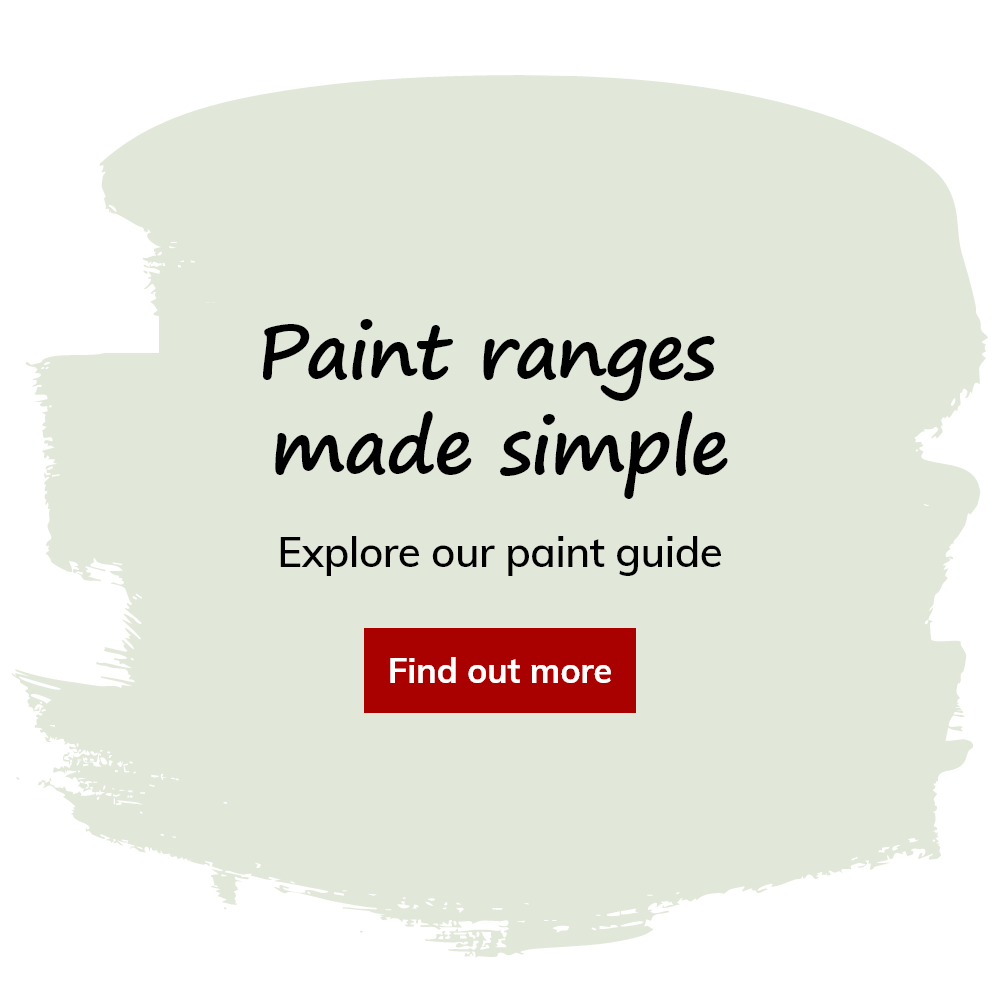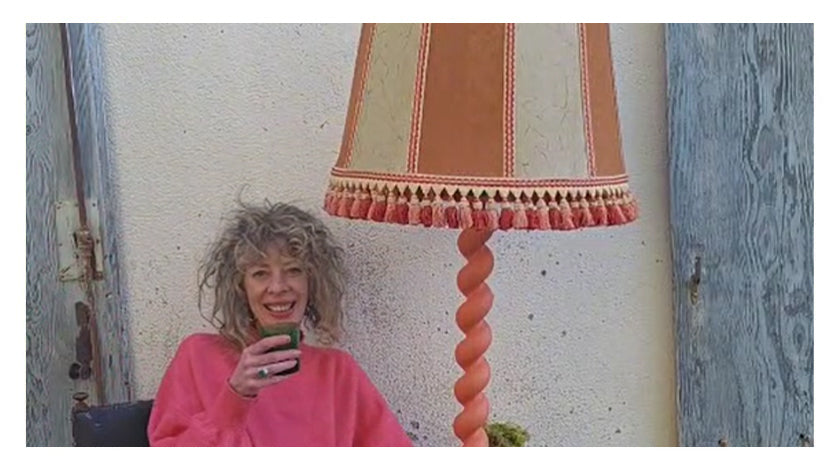
The Power of Colour
A Wellness Tool for the Home and Mind
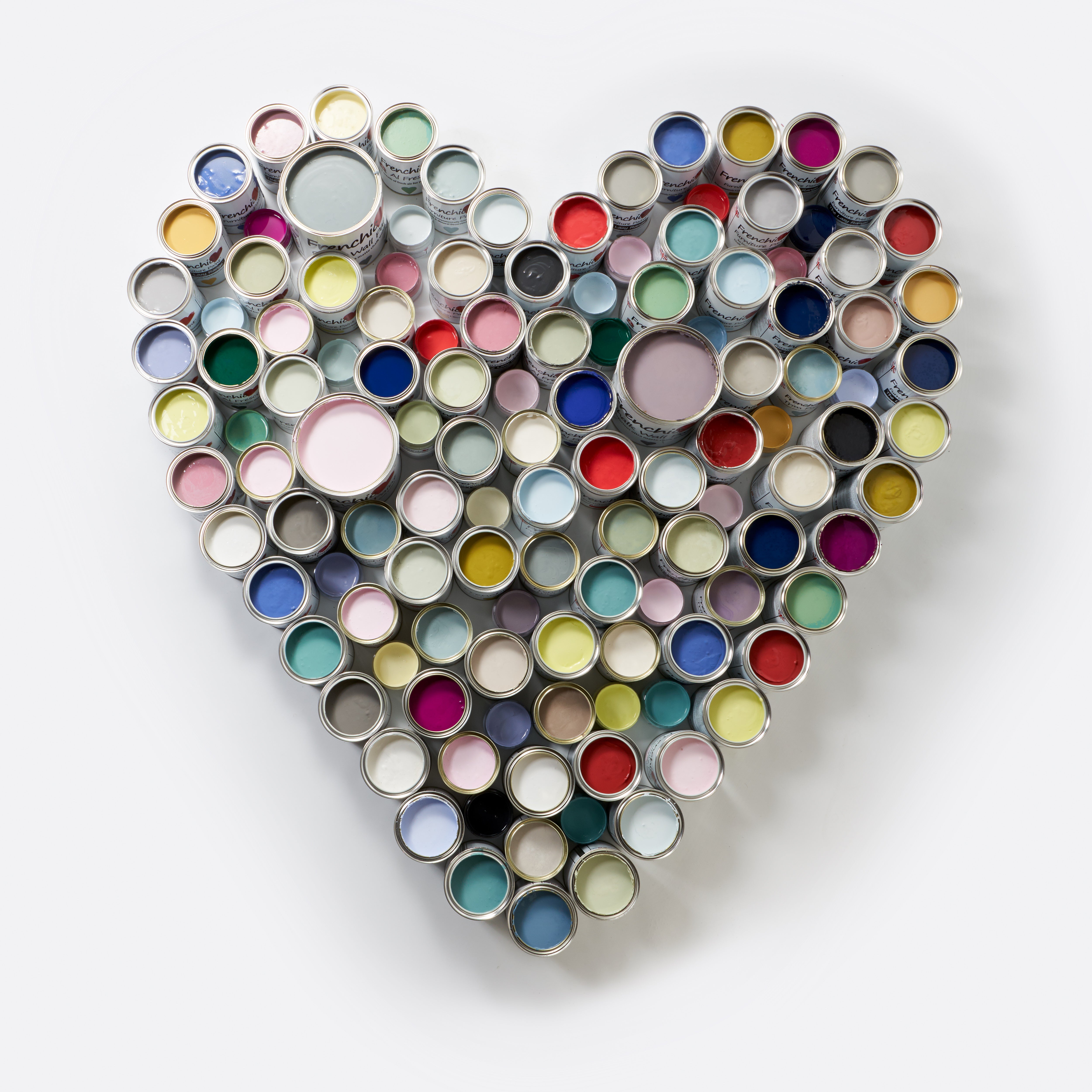

Jen Devaney
Title
Colour Is Light, and Light Is Energy

Colour and Emotional Frequency
1. Soft Blossom Palette
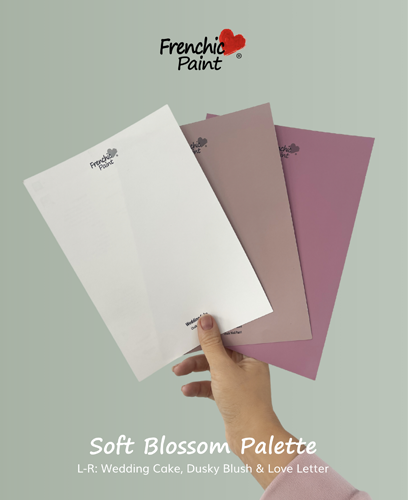
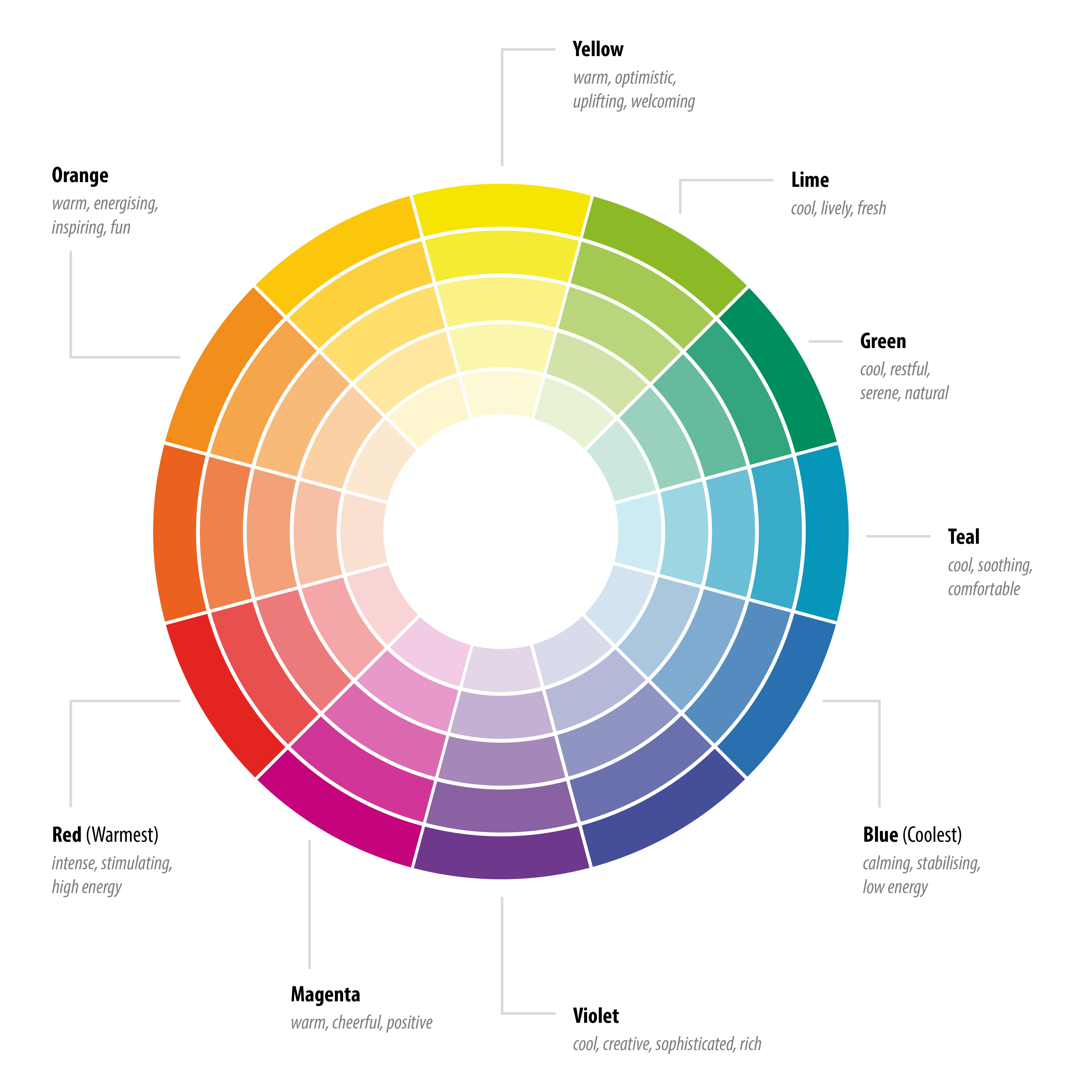
Here’s a brief look at the seven main emotional tones of the colour spectrum:
3. Spring Sunshine Palette
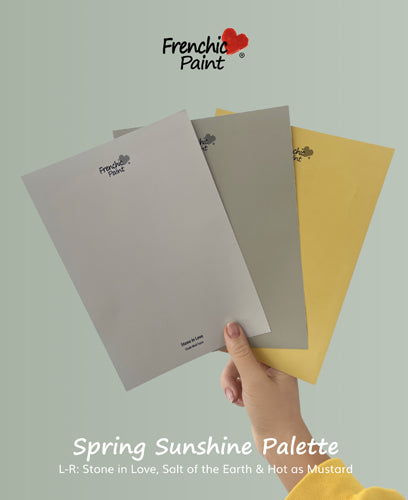
Why colour feels different in different rooms





